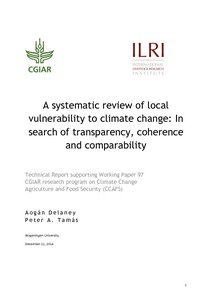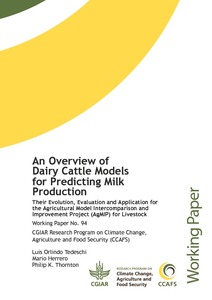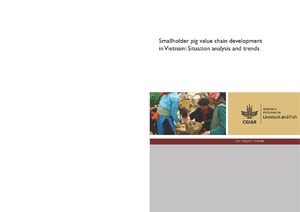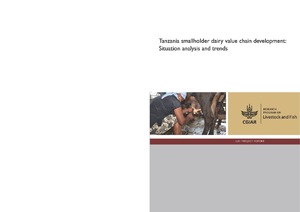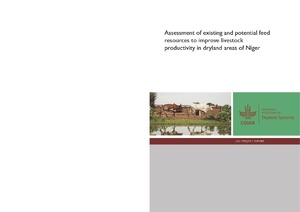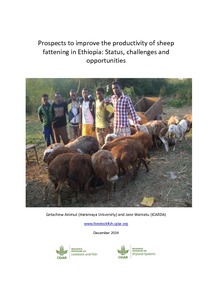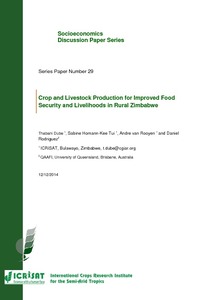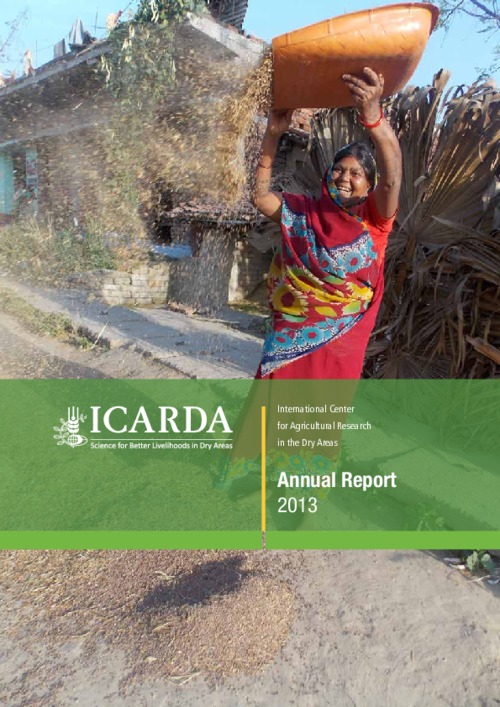Rangelands: Conservation and “Land Grabbing” in Rangelands: Part of the Problem or Part of the Solution?
Large-scale land acquisitions have increased in scale and pace due to changes in commodity markets, agricultural investment strategies, land prices, and a range of other policy and market forces. The areas most affected are the global “commons” – lands that local people traditionally use collectively — including much of the world’s forests, wetlands, and rangelands. In some cases land acquisition occurs with environmental objectives in sight – including the setting aside of land as protected areas for biodiversity conservation.
Drylands: Sustaining Livelihoods and Conserving Ecosystem Services. A policy brief based on the Sustainable Management of Marginal Drylands (SUMAMAD) project
The drylands of the world occur on every continent, covering some 41% of the terrestrial surface. One third
of humanity inhabits these harsh degrading landscapes, eking out a living through adaptive processes that
have served them well until recent increases of land degradation. Growing pressures from population growth,
A systematic review of local vulnerability to climate change: in search of transparency, coherence and comparability
Because vulnerability is a conceptual construct rather than a directly observable phenomenon,
most vulnerability assessments measure a set of “vulnerability indicators”. In order to identify
the core approaches and range of variation in the field, we conducted a systematic literature
review on local vulnerability to climate change. The systematic review entailed an
identification of frameworks, concepts, and operationalizations and a transparency assessment
of their reporting. Three fully defined relevant frameworks of vulnerability were identified:
An Overview of Dairy Cattle Models for Predicting Milk Production: Their Evolution, Evaluation, and Application for the Agricultural Model Intercomparison and Improvement Project (AgMIP) for Livestock.
The contemporary concern about anthropogenic release of greenhouse gas (GHG) into the
environment and the contribution of livestock to this phenomenon have sparked animal
scientists’ interest in predicting methane (CH4) emissions by ruminants. Focusing on milk
production, we address six basic nutrition models or feeding standards (mostly empirical
systems) and five complex nutrition models (mostly mechanistic systems), describe their key
characteristics, and highlight their similarities and differences. Four models were selected to
Smallholder pig value chain development in Vietnam: Situation analysis and trends
Sustainable livestock insurance for pastoralists
Tanzania smallholder dairy value chain development: Situation analysis and trends
Assessment of existing and potential feed resources to improve livestock productivity in dryland areas of Niger
Prospects to improve the productivity of sheep fattening in Ethiopia: Status, challenges and opportunities
Baseline and situation analysis report: Integrating crop and livestock production for improved food security and livelihoods in rural Zimbabwe
ICARDA Annual Report 2013
2013 has been a fruitful year for ICARDA marked by research accomplishments and a sense of gratitude. Our longstanding partner countries provided important support in making decentralization of the Center’s research a reality. This transition positions our research programs to more expressly target agroecosystem-based solutions, needed for wider impacts.



